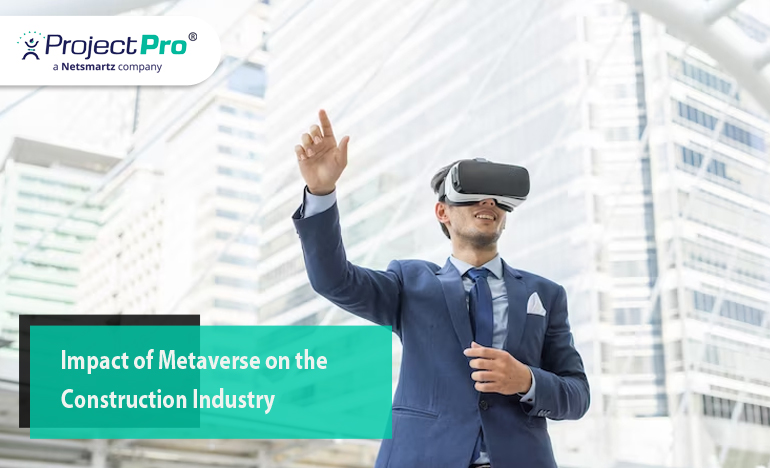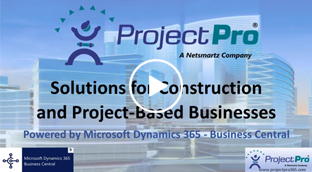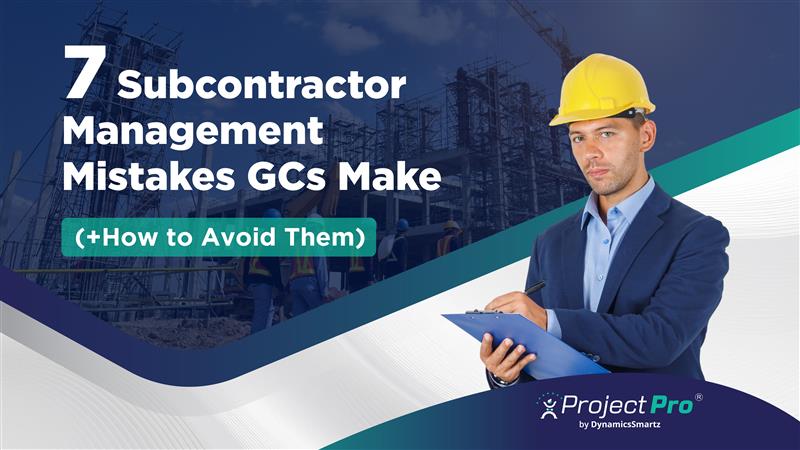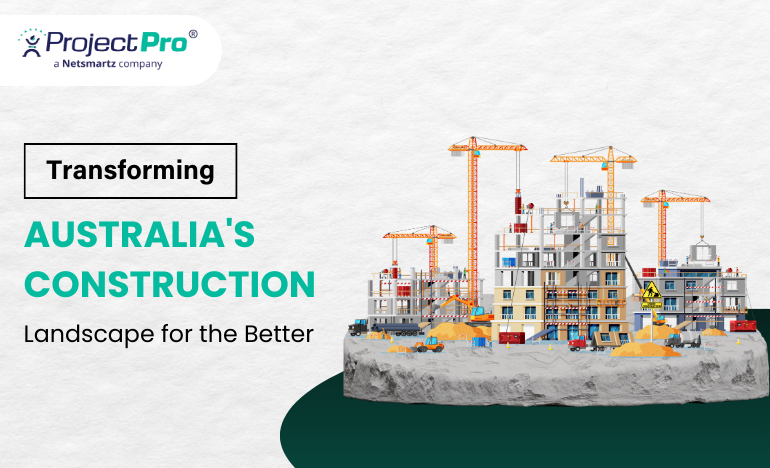How is Metaverse Transforming the Construction Industry?

The construction industry has been unusually quick to adopt new technologies. Contractors have already jumped on the bandwagon of AI, cloud-based software, IoT, robots, and drones. Now, the metaverse is making inroads into the construction industry, bringing reality to life with an immersive visual experience.
In the construction industry, the metaverse is referred to as a single, shared, persistent, immersive, 3D virtual realm where people can experience life in ways they couldn't in the real world.
According to Bloomberg, global metaverse revenue will reach $800 million (£650 million) by 2024.
Let's explore how construction companies can use the metaverse:
A recent survey by ARC Document Solutions identified virtual reality as one of the most cutting-edge technologies in the construction sector.
Some benefits include mitigating errors, increasing customer satisfaction, and improving worker safety.
With the immersive environment the metaverse provides, contractors can perform specific tasks such as problem identification, troubleshooting, and design modifications.
The metaverse also simplifies the build design process and prevents "scope creep" from occurring.
Advantages of Using Metaverse in Construction Business:
By enabling designers and architects to see the place as it is being developed, using the Metaverse in the building sector will substantially aid in their ability to create environments more effectively.
1. Unparalleled Collaboration
Virtual reality enables unparalleled collaboration, allowing AEC teams and clients to work together from anywhere in the world. This reduces the need for meetings and business trips, speeding up approvals.
2. Design Development & Prototyping
Having a real prototype available makes it much simpler to work through the design process of a new product, structure, or bridge than investing the necessary time, resources, and money to construct a physical mockup.
3. Visualization Enhancement
Metaverse allows for collaborating on designs and shortening the design cycle. Augmented reality can be used to examine site facades or change materials for clients, allowing every option to be tested in a realistic setting.
4. Improved BIM (Building Information Modelling)
Building information modeling (BIM) is an evolution of traditional Computer Aided Design (CAD) techniques.
Virtual reality takes it a step further with robust digital twins that replicate physical assets with incredible detail. For the engineering and construction industries, this is possibly the most active area of the VR world.
Digital twins are the logical next step in the evolution of CAD/plans, providing a more complete picture of existing bridges, buildings, and even cityscapes.
5. Marketing
A virtual reality presentation surpasses two-dimensional models. A fully immersive virtual presentation can engage viewers in the project from beginning to end, making virtual reality an excellent way to keep an audience's attention during a presentation.
In Conclusion
As demonstrated by the impact of external shocks such as the pandemic, the importance of incorporating digital solutions and remote operations in the construction industry cannot be overstated
Metaverse has emerged as a significant player in this regard and has the potential to become the industry standard.
However, realizing the full potential of the metaverse in construction requires a strong partnership and a team with a deep understanding of these technologies
We hope metaverse will open the new gates of opportunities for the construction industry and achieve their desired goals and stay consistent in the agile market.




.jpg)


